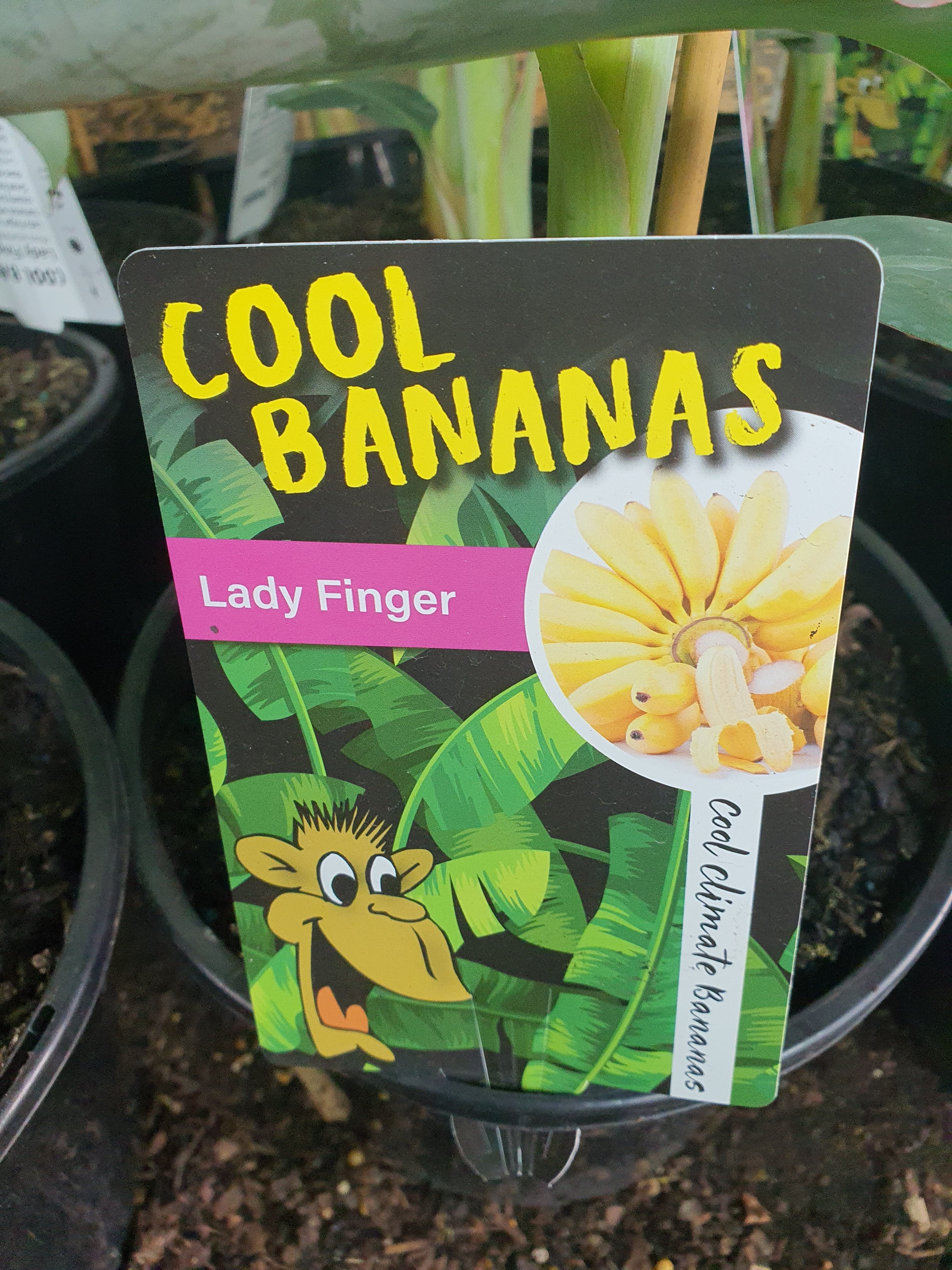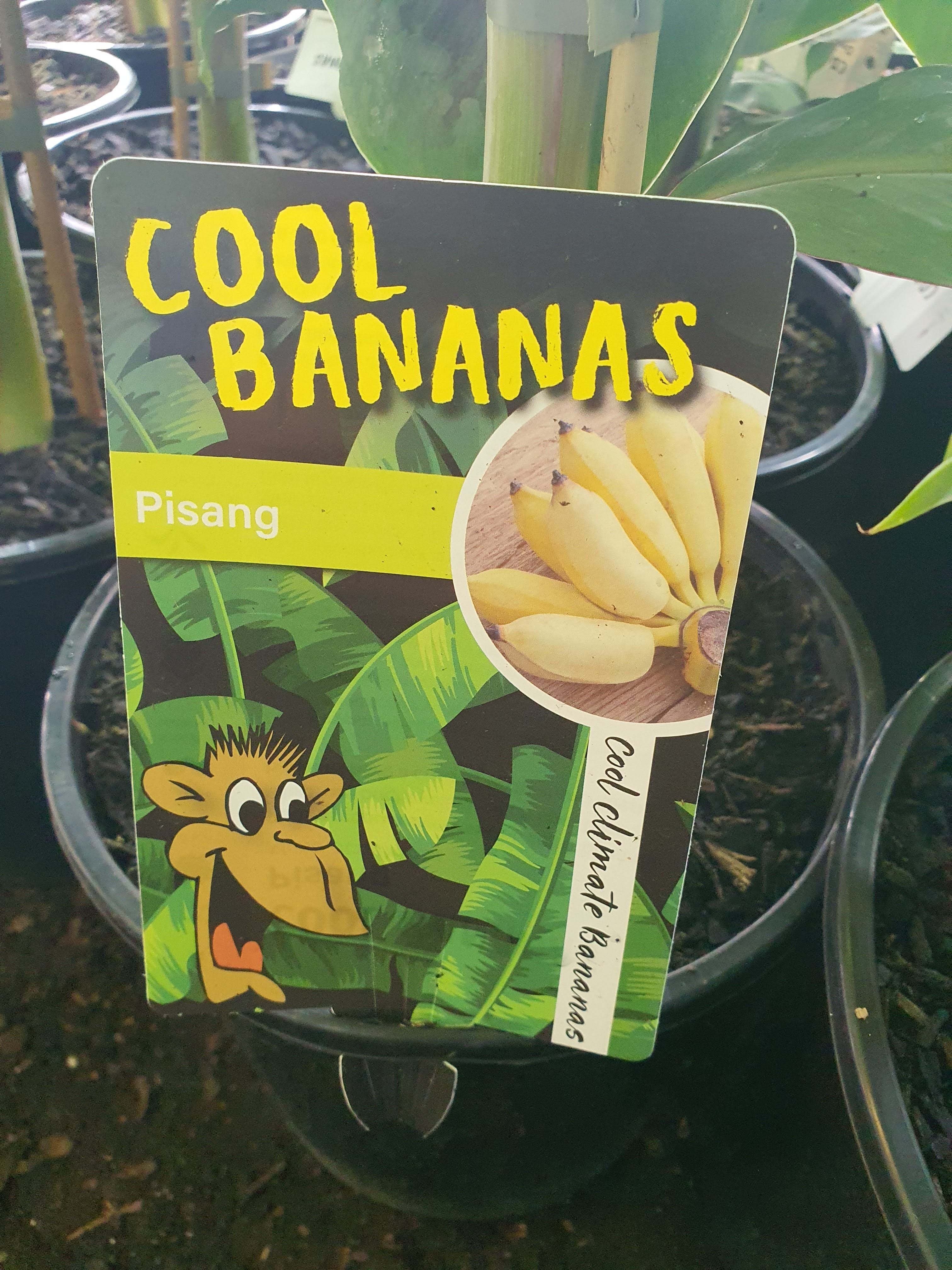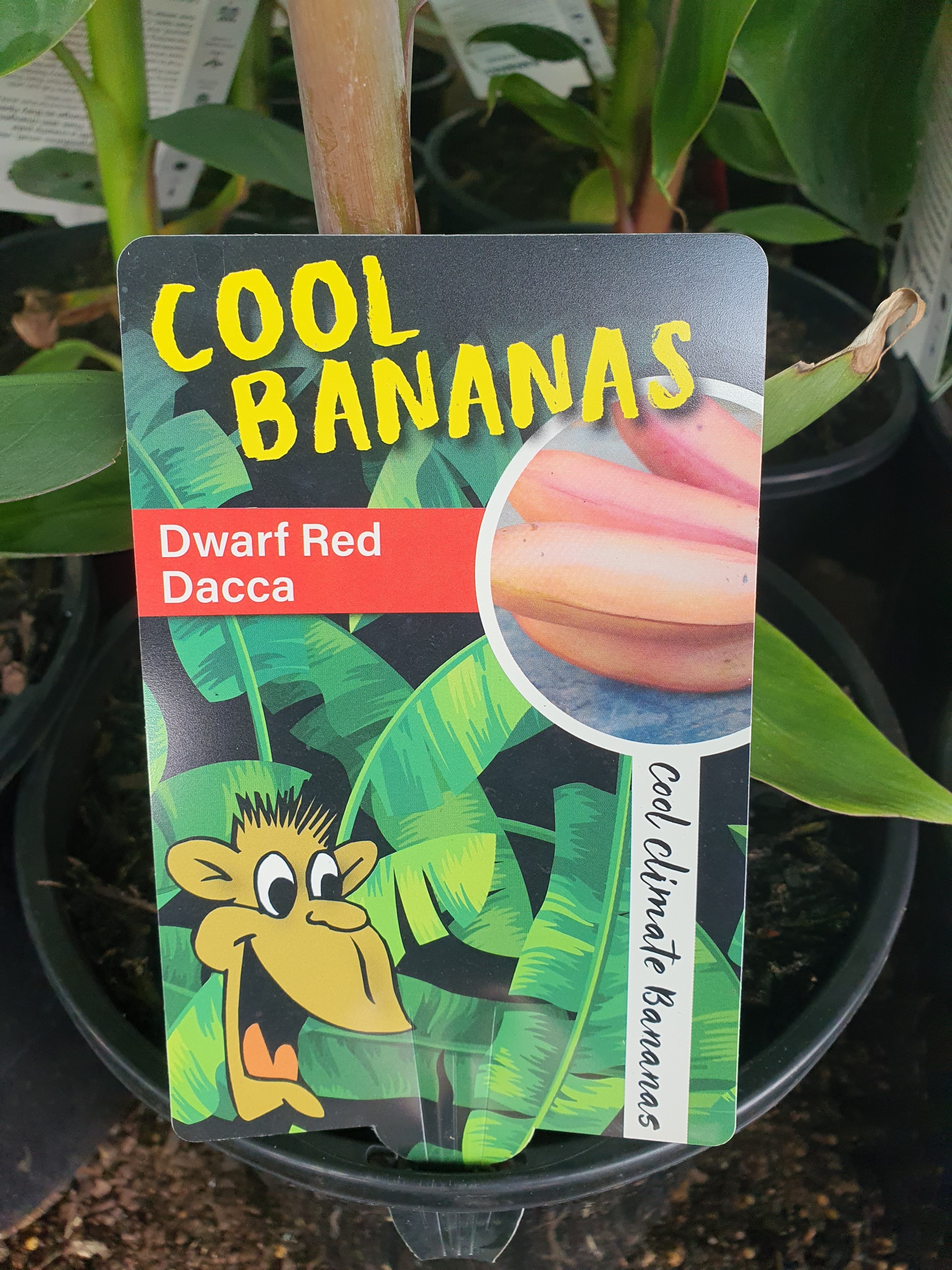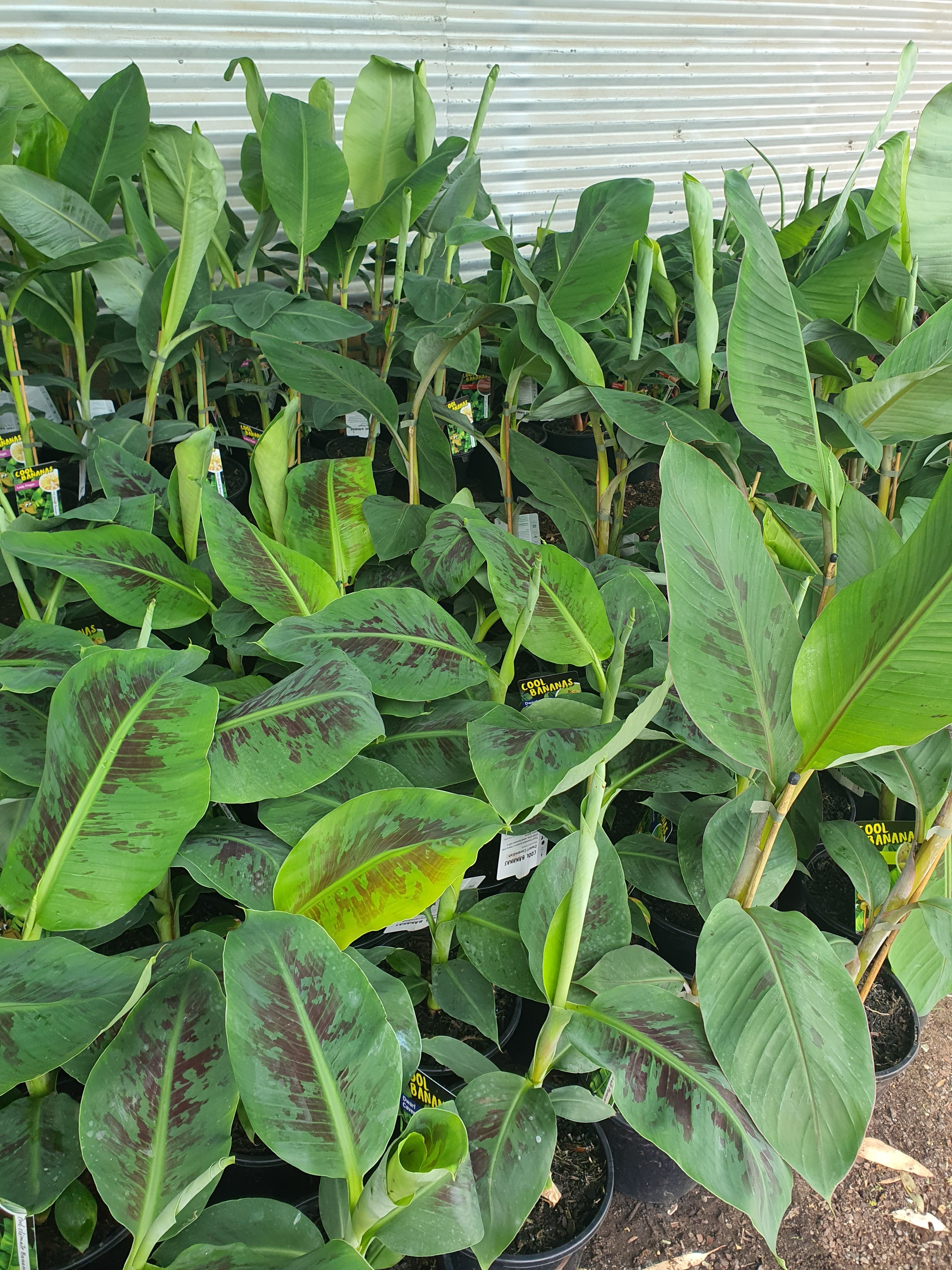Description
The banana plant is a tropical plant known for its large, broad leaves and sweet fruit. Banana plants can reach heights of 10 to 15 feet, with some varieties growing taller, depending on the species and environment. The leaves are broad, oblong, and can grow up to 9 feet.
Growing Specifications:
- Height: 5–15 feet (depending on variety).
- Spread: Typically 2–5 feet, though they can spread wider in ideal conditions.
- Flowering/fruiting: After 12–15 months of growth, the banana plant produces a large flower cluster, which finally develops into bananas.
- Fruit: Clusters of bananas that typically ripen in 3–6 months after flowering.
Suitable Garden:
Banana plants bloom in tropical and subtropical climates. They prefer full sun and require a warm environment, making them ideal for growing. They can be grown in large garden beds, greenhouses, or even as container plants in cooler climates.
Ideal garden settings include:
- Tropical and subtropical gardens.
- Indoor garden spaces (greenhouses or large pots for colder regions).
- Broad, well-drained garden beds with full sun exposure.
Features and Benefits:
- Aesthetic appeal: Banana plants are visually striking, with large, strong leaves that add a tropical touch to gardens. Their exceptional structure makes them a popular ornamental plant.
- Fruit production: If the plant is grown in the right conditions, it will finally produce edible bananas, providing home gardeners with a source of fresh, homegrown fruit.
- Shade and privacy: Larger banana plants provide great coverage and can offer some privacy or act as a shade plant in a garden.
- Fast-growing: They grow very fast, making them an excellent choice for gardeners looking for fast results in terms of foliage.
Growing Requirements:
- Temperature: Banana plants prefer hot temperatures.
- Sunlight: They require full sun to grow well, though they can tolerate partial shade. Sufficient sunlight ensures good fruit production.
- Soil: Well-draining, rich, and slightly acidic soil is ideal. Compost or organic matter can be added to improve soil fertility.
- Watering: Banana plants need consistently moist soil but should not be waterlogged. They require regular watering, especially in hot weather, but the soil should be well-drained to prevent root rot.
- Humidity: Medium humidity is beneficial, especially for fruit production.
- Fertilization: Regular feeding with a balanced fertilizer or one high in potassium supports healthy growth and fast fruiting.
Why Choose a Banana Plant:
- Homegrown fruit: Growing your own bananas can be a rewarding great experience, especially if you love fresh fruit from your own garden.
- Tropical aesthetics: For gardeners wanting to create a tropical or exotic landscape, banana plants provide an great and striking feature.
- Low-maintenance: Once established, banana plants are relatively easy to care for compared to other fruit-bearing plants. Their fast growth ensures a quick payoff.
- Versatility: Banana plants can be grown in large pots, making them suitable for smaller spaces or urban gardens. They're a good option for both ornamental and functional uses.
- Nutrient-rich fruit: Bananas are a source of potassium, fiber, and vitamins, offering many health benefits beyond just their beauty in the garden.




